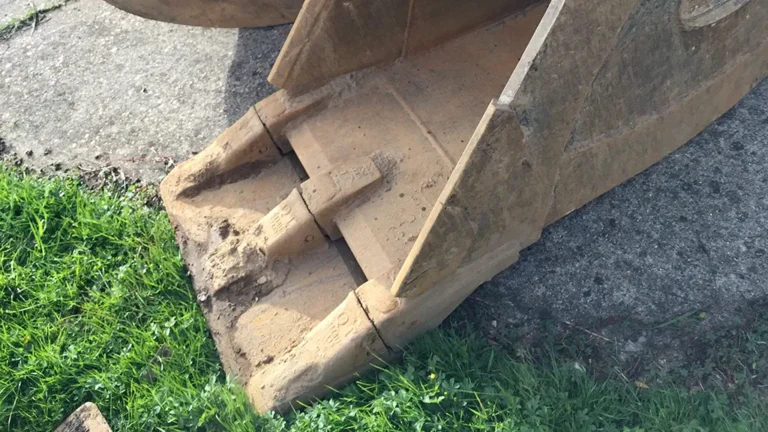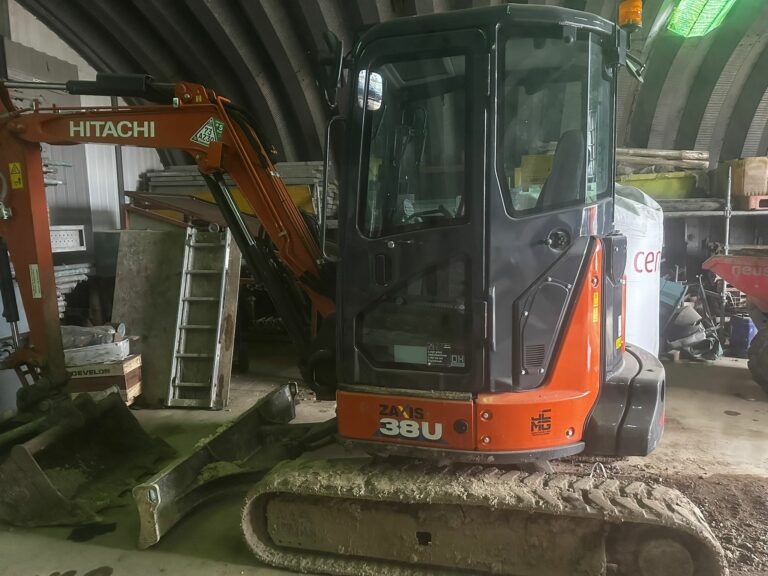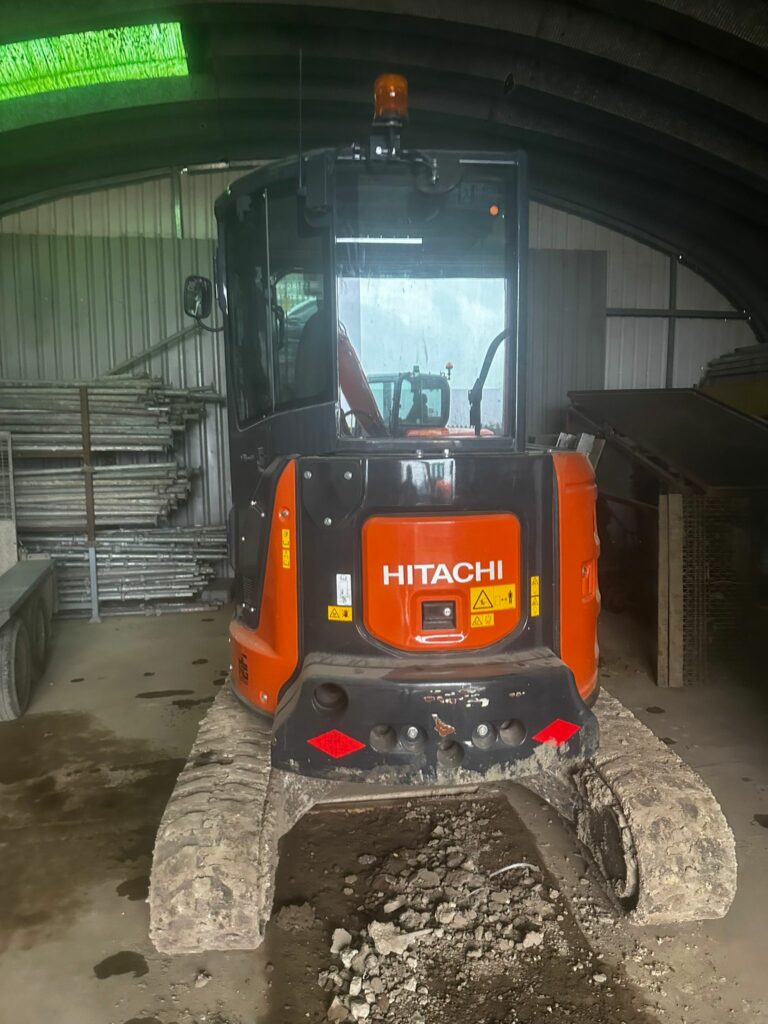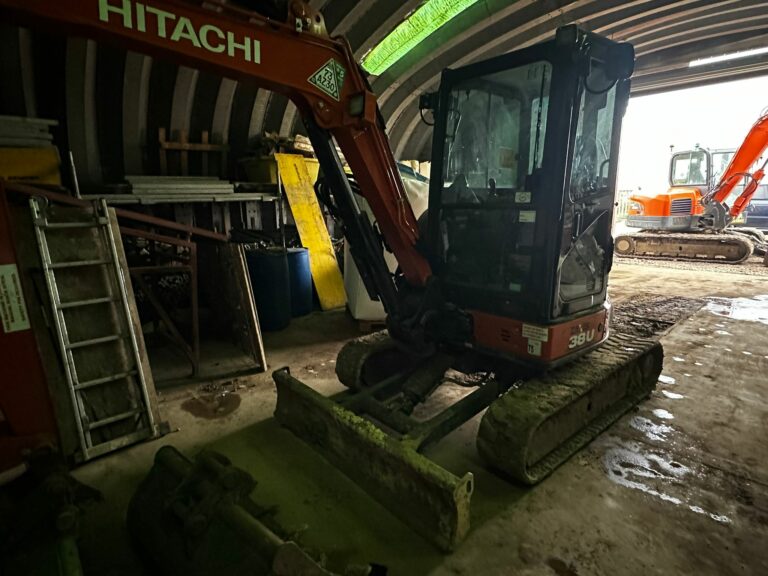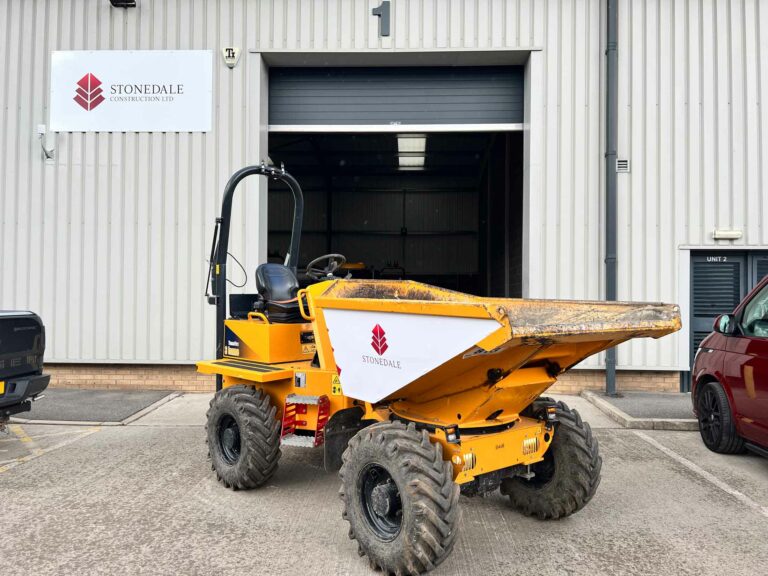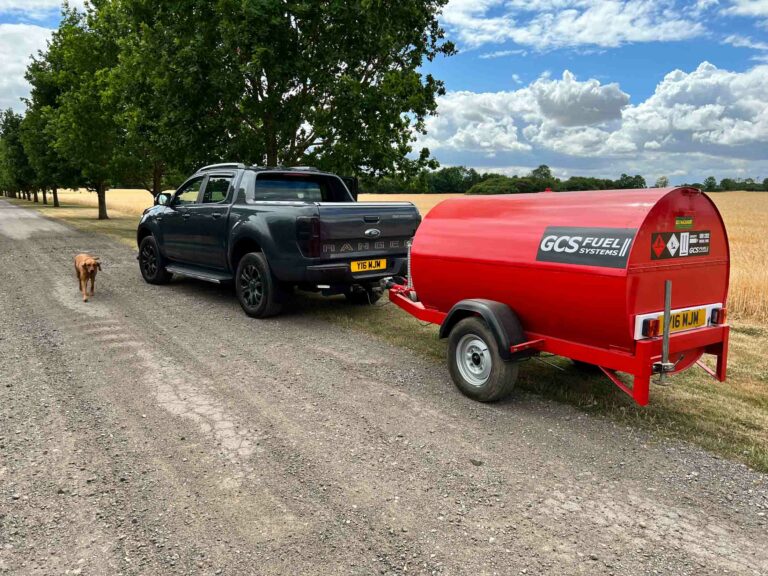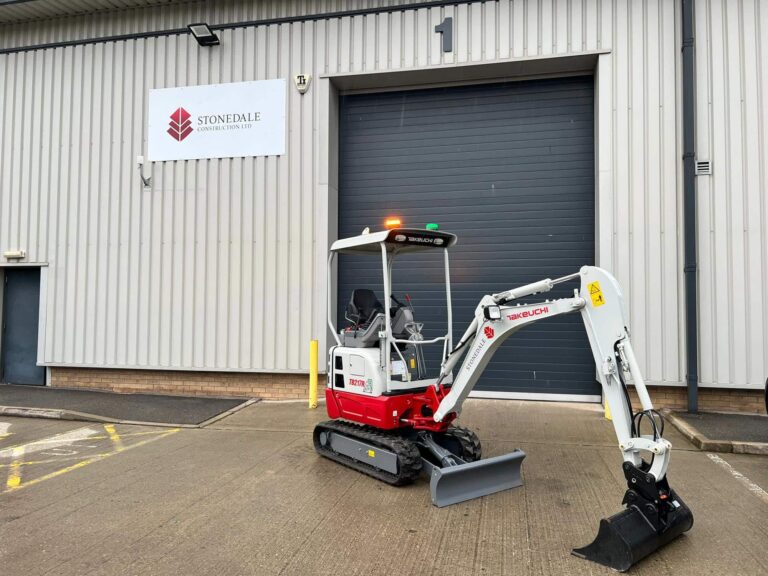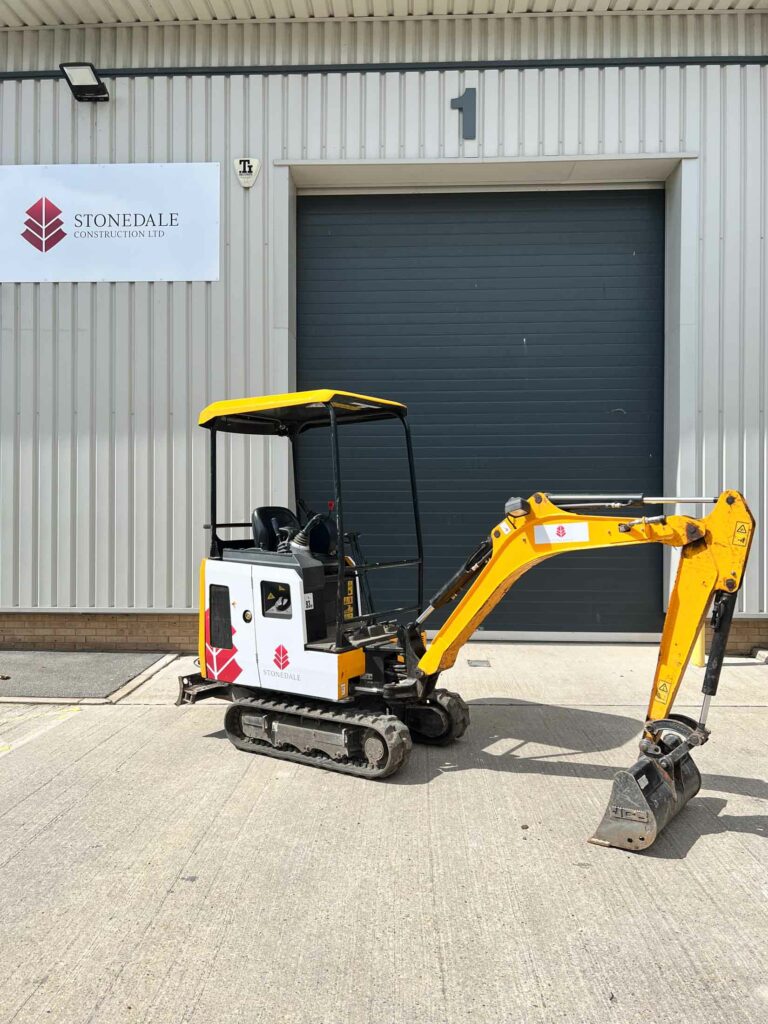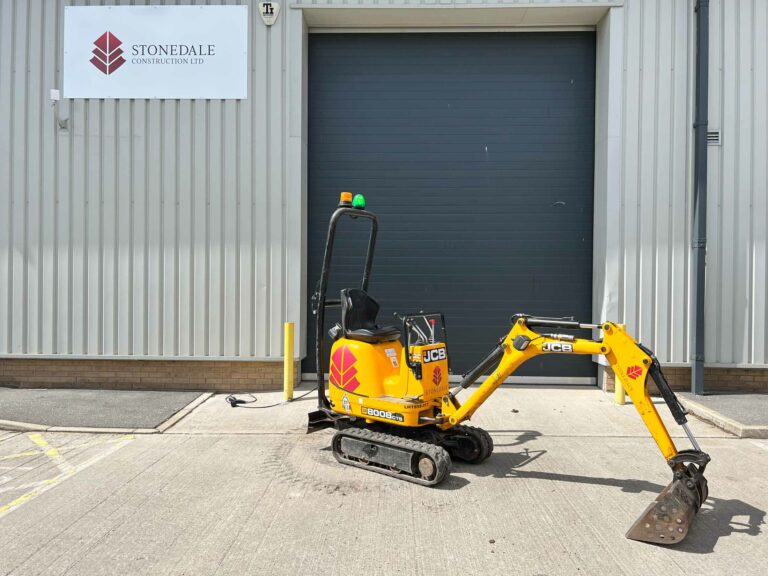Weight Range of Mini Diggers
Our Guide to Mini Digger Weight Range and Uses
What's the weight range of mini diggers you can hire?
The size of the mini digger is determined by its weight range. Typically, mini excavators weigh anywhere from 907 kg (about 2,000 lb) to 5.5 tonnes (around 12,125 lb). The operating weight of the excavator, measured in tonnes (where 1 tonne equals 1000kg), includes the weight of a full fuel tank, a 75kg operator, and standard attachments like a dozer blade and bucket.
- The Smallest: Micro diggers, the smallest mini diggers, weigh about 700 kg (around 1543 lb) and are perfect for navigating through narrow spaces like doorways.
- Frequently Hired: Mini excavators, the most frequently hired type of mini diggers, usually weigh up to 1.5 tonnes (about 3306 lb). These work well in combination with 1-tonne skip loaders.
- The Largest: 5.5 tonne excavators are the largest excavators in the mini-excavator range.
A Broad Overview of Mini Digger sizes:
Our Mini Digger Selection Guide
Several key factors come into play When selecting the appropriate mini digger for hire. Each factor significantly influences the weight and capabilities of the mini digger you’ll need for your project. Here’s a detailed look at each element:
- Job Requirements: The nature of your job is the primary determinant. For instance, tasks like landscaping, small-scale construction, or utility work all have different demands. A lighter mini digger might suffice for simple landscaping, but a heavier one might be necessary for more intensive construction tasks.
- Depth of Digging: How deep do you need to dig? Deeper excavation requires a mini digger with a longer reach and possibly more weight to ensure stability and efficiency in digging deep holes or trenches.
- Size of the Bucket: The bucket’s size determines the volume of material the mini digger can move in one cycle. Larger buckets require more powerful, heavier diggers, especially when excavating heavy materials like hard soil or rocks. Maximum bucket digging force is a key indicator of the machine’s capabilities.
- Terrain: The type of ground you’re working on affects the choice of the mini digger. Rough, uneven terrain might need a heavier digger with more stable traction, whereas a lighter digger could suffice for flat, solid ground with less ground pressure.
- Loading Height: This is the Height at which the mini digger can dump or load materials onto lorries for removal. Higher loading heights might necessitate a mini digger with a longer reach, which often correlates with a heavier machine. For instance, a 5/6 tonne digger can load an 8-wheeler lorry with a skilled operator, but an 8-tonne excavator is often preferred.
- Lifting Capacity of the Equipment on Site: Consider the weight of objects that the digger needs to lift. A heavier mini digger typically has a higher lifting capacity, which is crucial for moving heavy materials or equipment.
- Attachments Required: The type of attachments (like breakers, augers, or grapples) influences the choice of a mini digger. Some attachments require a more powerful or heavier mini digger for optimal operation.
In conclusion, choosing the right mini digger involves assessing all these factors regarding your specific project needs. It balances the digger’s size, weight, and capability to perform the required tasks efficiently and safely.
Fun Fact
According to a market research report by Transparency Market Research, the global mini excavator market is expected to reach USD 29.14 billion by 2027, growing at a CAGR of 6.6% from 2022 to 2027. The report also states that the Asia Pacific region is the largest market for mini excavators, accounting for over 50% of the global market share.
For guidance on how to tow a mini digger on UK roads, refer to our detailed guide.
Find Mini Diggers for Hire
- {{ listingType.name }}
- prev
- next

